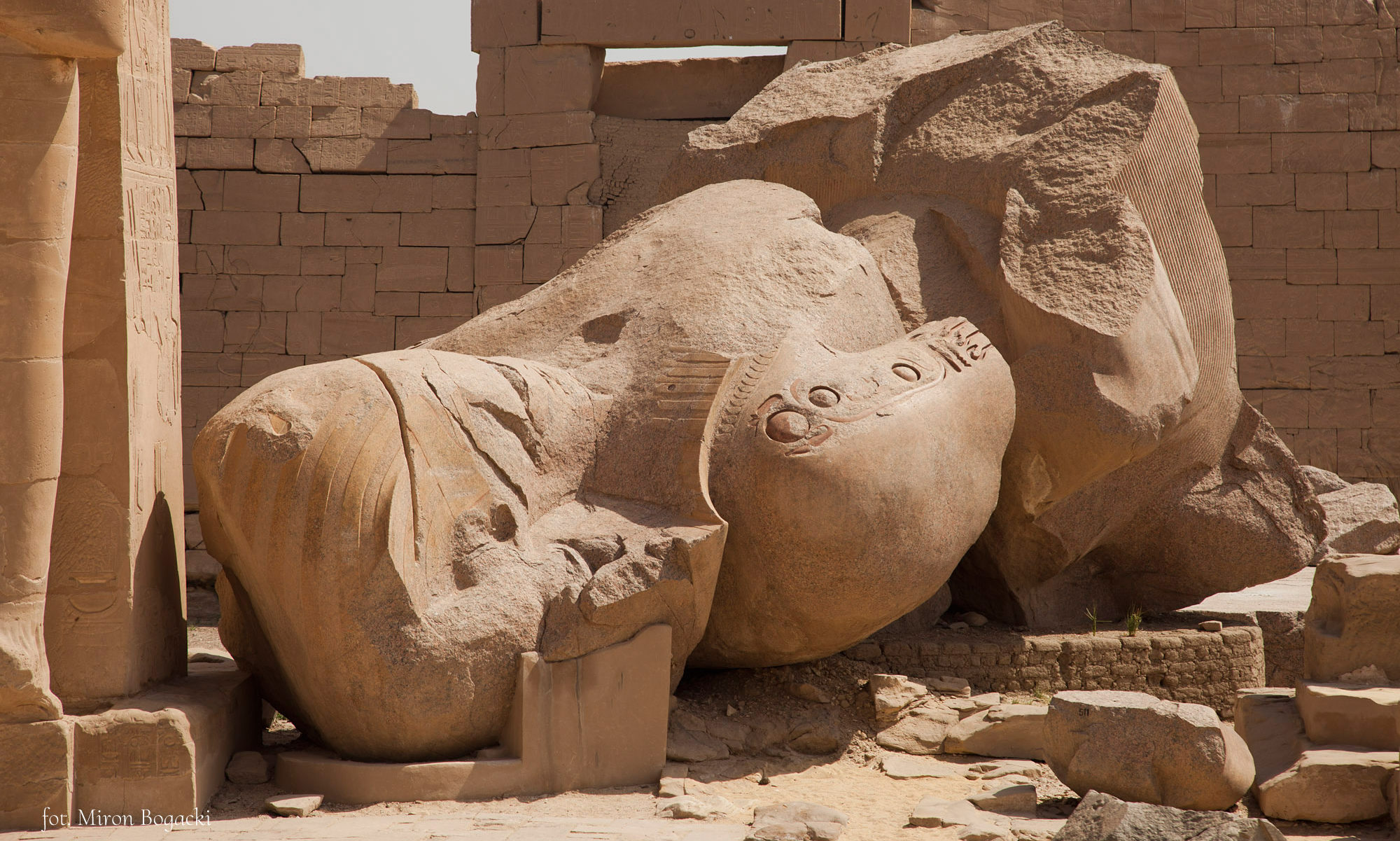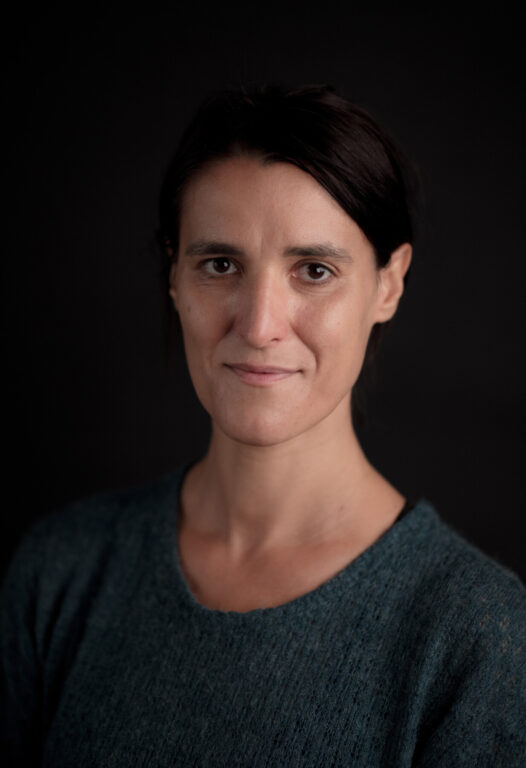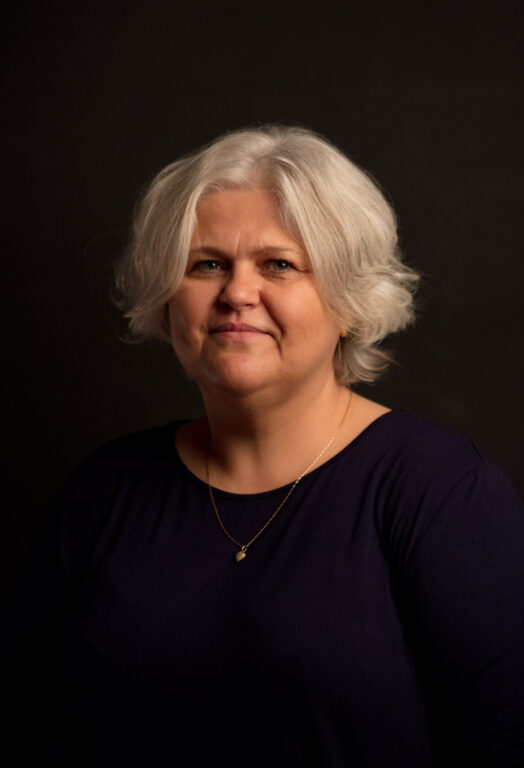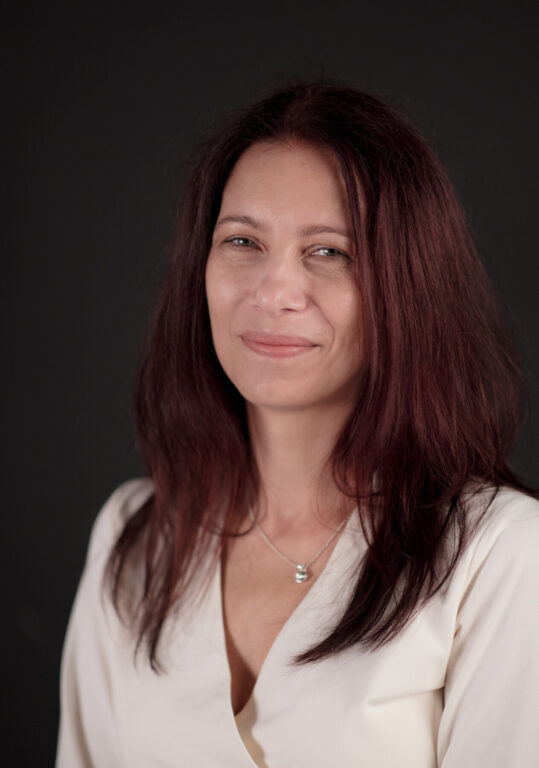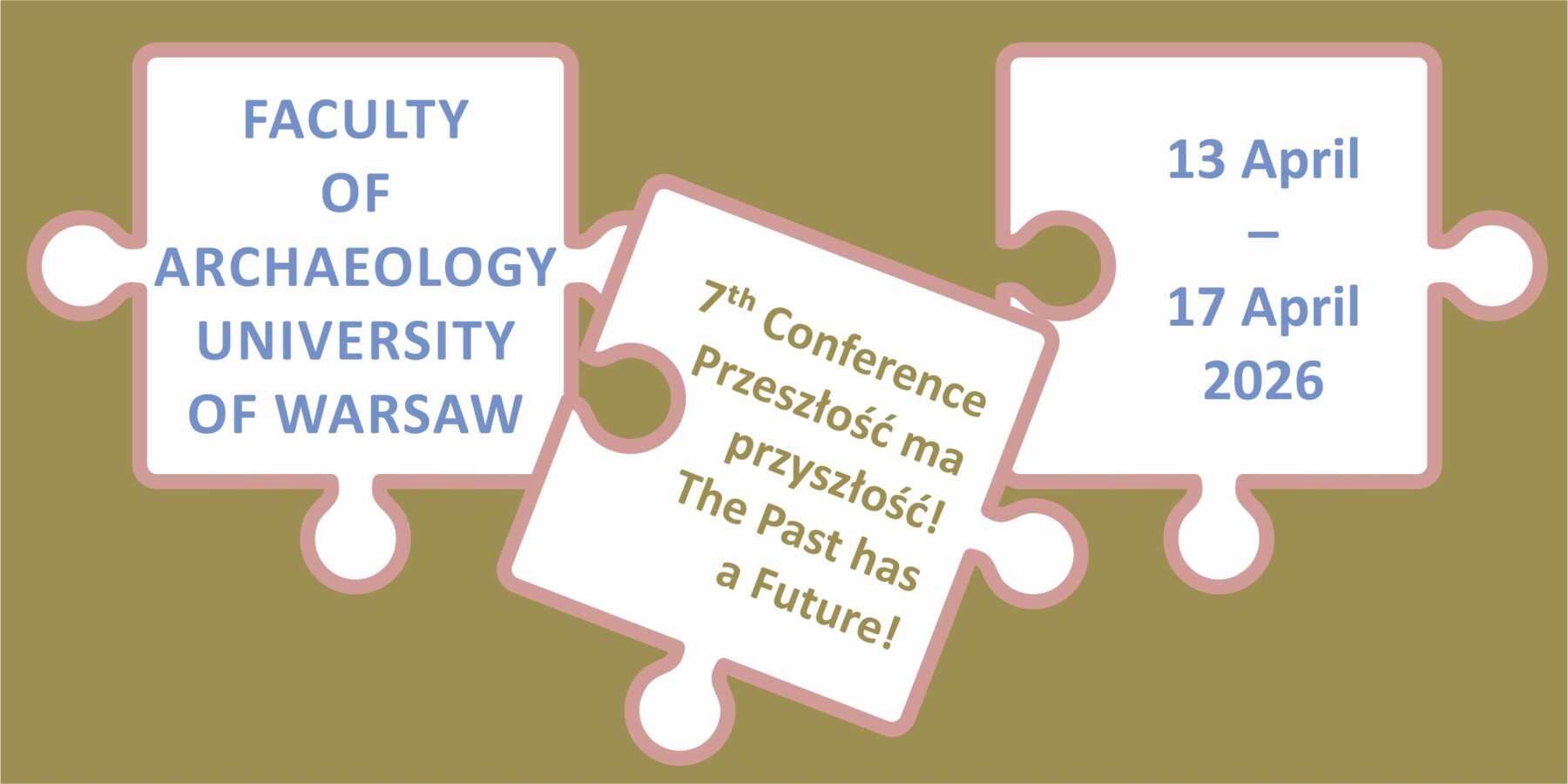
We are pleased to invite you to participate in the 7th Scientific Conference of the Faculty of Archaeology, “Przeszłość ma przyszłość!/ The Past Has a Future!”, which will take place on April 13–17, 2026, at the Faculty of Archaeology, University of Warsaw. Following the tradition of previous years, the conference has been planned as an event of both international and national scope.
We invite you to organise one- or two-day sessions and workshops addressing specific research topics. To foster a deeper dialogue, we encourage involving representatives from other units in the co-organisation of the session. Please note that session organisers collect submissions from participants of their panel and then forward the final programme to the conference organisers.
Those who wish to present their research results outside thematic panels are invited to submit abstracts for the “Archeowieści” reporting session. In this case, please send the registration form directly to us.
To reach the widest possible audience, we encourage organising panels and submitting abstracts in English.
This year, we are accepting submissions until November 30, 2025.
Conference schedule:
30.11.2025 – Submission of thematic sessions or workshops, and abstracts for the “Archeowieści” reporting session
31.12.2025 – Notification of acceptance
13–17.04.2026 – 7th Scientific Conference of the Faculty of Archaeology, University of Warsaw, “Przeszłość ma przyszłość!/ The Past Has a Future!”
The registration form should be sent to: wauw_1@uw.edu.pl. Please also direct any questions or comments regarding the conference to this address.
The registration form can be downloaded here.
